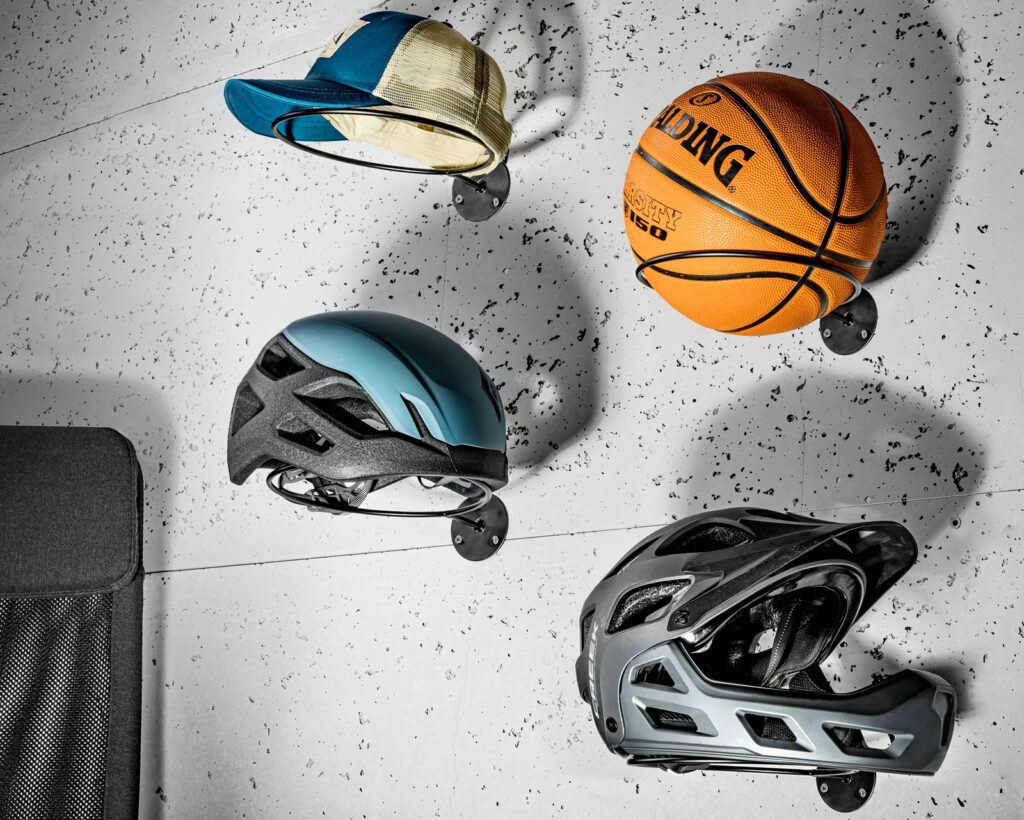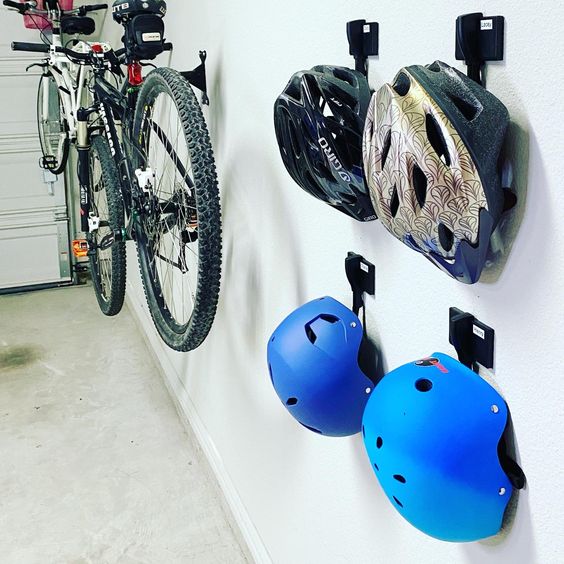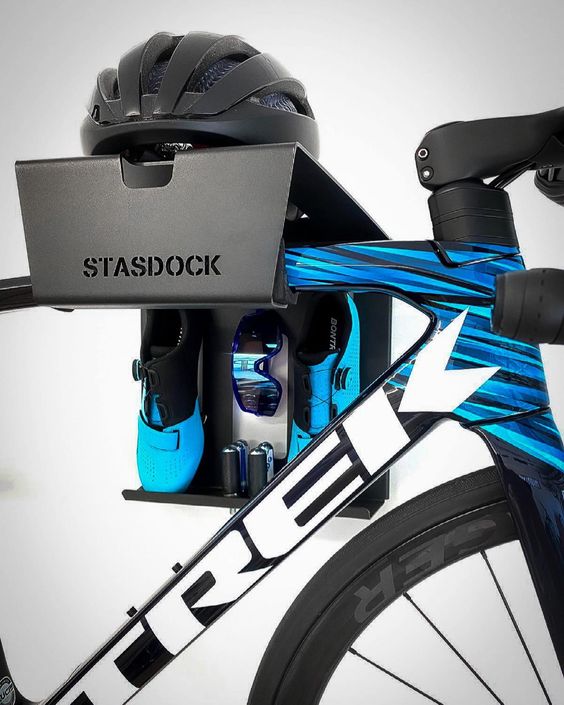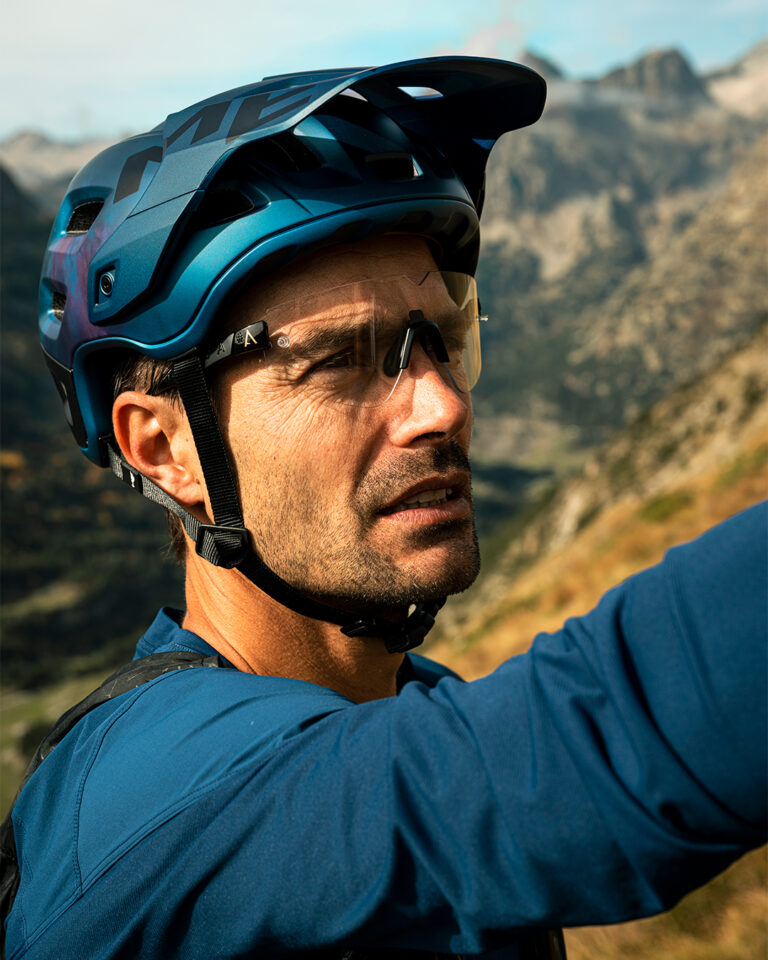How to Store Gravel Bike Helmets: A Guide for Cyclists

Key Point Summary of How to Store Gravel Bike Helmets:
- Proper Storage Techniques: Learn how to extend the life of your gravel bike helmet through correct storage methods.
- Helmet Care Essentials: Understand the importance of regular helmet maintenance to ensure safety and longevity.
- Integrating Helmet Storage into Your Cycling Routine: Tips for seamlessly incorporating helmet care and storage into your regular cycling habits.
As a seasoned cyclist with extensive experience across various biking disciplines, I’ve learned that the key to enjoying our sport to the fullest lies in how we care for our gear, especially our helmets. This article is a treasure trove of practical tips, born from years of experience, to help beginner and mid-level cyclists store and maintain their gravel bike helmets effectively.
Understanding the Importance of Helmet Storage
Why Proper Storage Matters:
Helmet longevity and effectiveness heavily depend on storage. A friend’s neglected helmet once degraded, compromising its protection. This taught me the vital role of proper storage in ensuring safety.
Ideal Storage Conditions
Choosing the Right Environment:
I’ve found that where you store your helmet can make a big difference. Basements or attics, often prone to temperature fluctuations, aren’t ideal. Instead, I opt for a consistent environment like a climate-controlled room in my house. This stability helps maintain the materials of the helmet, keeping them effective for longer.
Temperature and Placement:
Avoid extreme temperatures and direct sunlight. Warping can occur in high heat, as I discovered after leaving a helmet in my car. Hang your helmet or place it on a flat surface to prevent shape distortion.
Regular Cleaning: A Must for Helmet Care
Gentle Cleaning Routine:
Sweat and dirt buildup can be detrimental. Regular cleaning with mild soap and water is essential. This not only maintains hygiene but also allows for damage inspection.
Dealing with Sweat and Grime:
After a particularly muddy cyclocross race, I realized how quickly a helmet can become a breeding ground for bacteria. Now, I regularly remove the pads and wash them, along with the helmet, using a gentle, non-abrasive cleaner. This practice not only maintains hygiene but also prevents the degradation of the helmet’s interior.
After-Ride Care
Immediate Attention Post-Ride:
The post-ride routine is crucial. I make it a point to not only air out the helmet but also to check for any scratches or impacts it might have endured during the ride. This habit came in handy when I once discovered a small crack that was not immediately visible but could have compromised the helmet’s integrity on my next ride.
Air It Out and Check for Damage:
Always air out your helmet post-ride to avoid mold and bacteria growth. Inspect for any cracks or dents, as even minor damage can compromise safety.
Integrating Helmet Storage into Your Cycling Routine
Creating a Dedicated Space:
I recommend creating a dedicated space for your helmet. In my home, I’ve set up a small area near the entryway with a helmet stand. This not only reminds me to store my helmet properly but also makes it easily accessible for spontaneous rides.
Make It a Habit:
Incorporate helmet care into your regular cycling routine. I use simple hooks on my garage wall for storage, which is a practical and space-saving solution.
Upgrading and Replacement
Personal Experience with Upgrading:
There was a time when I held onto my favorite helmet for too long. Despite its sentimental value, I had to come to terms with the fact that helmet technology had advanced, and it was time for an upgrade. Newer helmets offered better ventilation, lighter weight, and improved safety features. Upgrading your helmet every few years is a smart move, both for comfort and safety.
Know When to Replace:
Replace your helmet after significant impacts or every few years, as materials degrade over time. Upgrading can also provide enhanced features and better protection.
Additional Tips for Helmet Longevity
Avoid Hanging by the Straps:
While it’s tempting to hang the helmet by its straps, I’ve found this can stretch and wear out the strap material over time. Instead, using a helmet-specific hanger that supports the helmet’s structure is a better option.

Transportation Care:
When transporting your helmet, avoid throwing it into a bag with other gear. I use a separate helmet bag or at least ensure it’s on top of other items to avoid unnecessary pressure and potential damage.
Checking for UV Damage:
Excessive exposure to sunlight can weaken the helmet’s materials. I once had a helmet that faded significantly due to UV exposure, a clear sign it was time for a replacement.
FAQ
How do you store bike helmets?
Store bike helmets in a cool, dry place, away from direct sunlight and extreme temperatures. Hang them on a dedicated helmet rack or place them on a flat surface to maintain their shape. Avoid hanging them by the straps to prevent stretching.
Where should helmets not be stored?
Helmets should not be stored in places with extreme temperatures, like attics or cars in the sun, as heat can degrade the materials. They should also be kept away from damp environments to prevent mold and in areas where they might get knocked or dropped, which could compromise their integrity.
For cyclists looking for a high-quality helmet holder, there are several great options available on Etsy. One standout choice is the Custom Metal Bicycle Helmet Holder from ArteperaWallArtDecor. This holder is not only functional but also stylish, making it a meaningful gift for cycling enthusiasts. It features a silk matte black electrostatic powder coating, is moisture and damp-resistant, and measures 25 x 17 inches. The holder is shipped from Turkey and comes with free shipping. Customers have praised its quality, quick shipping, and excellent customer service, making it a highly recommended option.
Another good find on Etsy is the Bamboo Bike Wall Mount by another seller, which allows you to hang your helmet vertically or horizontally. This holder is praised for its practicality and craftsmanship, making it an excellent choice for those who prefer a more natural look.
Additionally, for those who prefer a metal option, there are several metal helmet holders available, which are not only functional but also add an artistic touch to your storage space.
These holders are perfect for keeping your cycling helmet securely stored and easily accessible, combining functionality with style. Etsy is a great platform to explore unique and personalized cycling accessories.
Conclusion
Storing and maintaining your gravel bike helmet properly is crucial for safety and longevity. Through these tips and practices, you can ensure your helmet remains a reliable safeguard in your cycling adventures. Caring for your gravel bike helmet by storing it properly and performing regular maintenance isn’t just about prolonging its life; it’s an integral part of your safety as a cyclist. Through my experiences, I’ve learned that a well-maintained helmet is a companion that ensures peace of mind on every ride.
John






